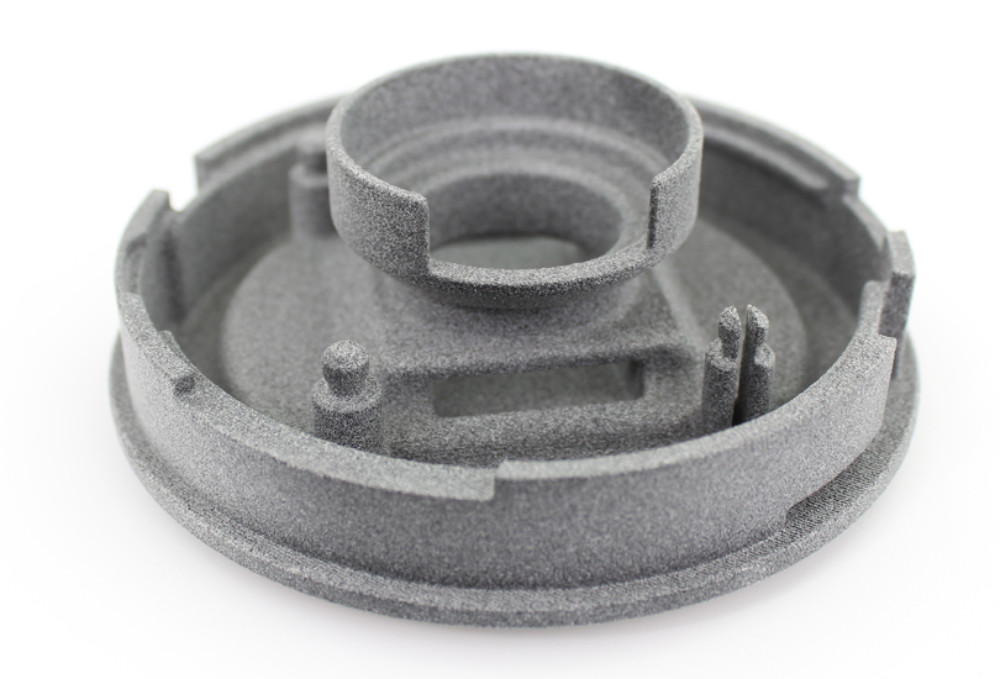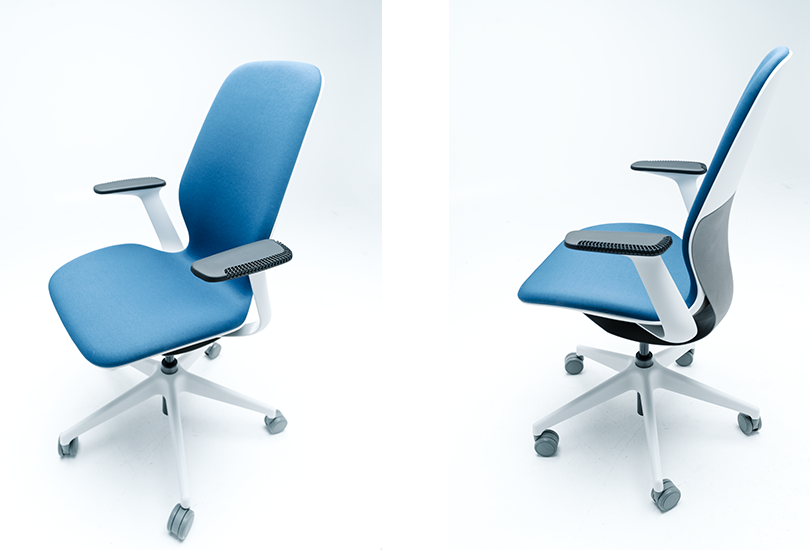Now that 3D printing is moving towards industrial-grade production levels, many companies find themselves excited about the possibilities but not sure how to fully make it part of their operating model. This has created a gap where companies are slow to adopt additive manufacturing. Fast Radius is looking to bridge this gap.
Headquartered in Chicago, Illinois, Fast Radius, an advanced digital manufacturing company, is empowering industries to embrace additive. According to Lou Rassey, CEO of Fast Radius, the company offers “technology-agnostic solutions”, including additive manufacturing, and end-to-end processes for the design and manufacture of industrial-grade products. Customers come from sectors including aerospace, automotive, and medical.
The company is driven by a singular mission to “Make new things possible” for today’s manufacturers – whether that’s unlocking new business opportunities through additive manufacturing or making formerly “unmakeable” products. To achieve its mission, Fast Radius built a proprietary model that combines digital manufacturing with advanced physical technologies. This model led Fast Radius to be recently selected by the World Economic Forum (WEF) and McKinsey & Company Initiative on Shaping the Future of Production as a Fourth Industrial Revolution “Lighthouse”.
In this exclusive interview, Rassey, who acted as a former partner at McKinsey, advising on the Future of Global Manufacturing, discusses how Fast Radius is working with the WEF initiative to accelerate industry 4.0 technologies as well as the ongoing goal of growing the adoption of additive manufacturing.

Breaking the service bureau model
For years, companies have been turning to service bureaus to meet their 3D printing needs. But as the technology starts to be used more and more for industrial-grade parts, new needs are emerging.
“When it comes to additive manufacturing, you can’t just expect to send off a design, plug in a machine and hit print,” said Rassey. “It takes advanced tools of digital design and the right engineering talent to know what to do with those tools to successfully produce parts with additive.”
With the largest deployment of Carbon 3D printers in the Western Hemisphere, and as one of HP’s largest production partners, Rassey divulges some of the tools that set Fast Radius apart as an advanced production platform rather than a service bureau. This also includes additive manufacturing systems from Stratasys.
The company’s facilities located in Chicago and Louisville are also equipped with robotics for material handling and tools for digital metrology. However, tools are only one part of the equation. The Fast Radius team managing this technology includes additive application engineers with combined decades of AM experience and specific expertise in digital manufacturing, as well as Value Stream Leaders who oversee production optimization from initial designs, all the way to final print.

Fast Radius integrates a four-pronged business model: they help companies discover new additive applications, design for additive manufacturing (DfAM), make industrial-grade products, and fulfill those products on demand. The company cooperates with enterprises worldwide, including Steelcase, Coapt and Husqvarna, in either part production, additive manufacturing integration and application discovery, or fulfillment of industrial-grade parts.
Additionally, supporting its manufacturing capabilities are sales offices in Singapore and Atlanta, Georgia. Fast Radius also has a strategic partnership with UPS which enables global fulfillment. With this model, Fast Radius aims to address the changing demands of both global and national supply chains.
“One of the things the industry needs to move away from is thinking about the supply chain in this next era of additive as analogous to the supply chain over the last 30 years.”
“Traditionally, such supply chains have been served by service bureaus in producing one-off prototypes. This is very different in producing a part that will be used at high volume or under the hood of a car or inside an airplane. Thus, the capabilities of our plant are fundamentally different than that of a bureau.”
A Fourth Industrial Revolution production lighthouse
Industry 4.0 was the central focus of the WEF’s most recent annual meeting in Davos. Following this, Fast Radius with UPS received recognition as a 4IR production lighthouse, also known as a smart factory. It was the only factory to receive this recognition in North America.
To date, the WEF/McKinsey initiative has identified 16 of these lighthouses. The wider project aims to develop an international learning platform for manufacturers seeking to leverage additive manufacturing, internet of things (IoT), AI, and other processes under the umbrella of Industry 4.0.
“We’re employing these tools to scale as seen from the thousands of industrial grade parts made using AM,” said Rassey.
Rassey explained that Fast Radius’s internal proprietary software platform is the engine powering much of the company’s innovation. The Cloud-based software facilitates application discovery, design, and production. It acts as a “data lake” that learns from every part created in the Fast Radius factory to optimize the design and manufacturability of future parts.
Moreover, the company has a Virtual Warehouse which securely stores the digital designs and production specifications of its customers’ parts. This eliminates inventory costs for storing parts physically. In partnership with UPS, the parts can then be manufactured on-demand and delivered to the client.
“The initiative recognizes that Industry 4.0 is not just one tool, but a collection that is stitched together – and this is how we see it as well.”

Overcoming Pilot Purgatory
McKinsey previously published a report on the gap in adoption of Industry 4.0 technologies, referring to the situation as pilot purgatory. Rassey added “this has always been a topic of interest for me. We at Fast Radius have not only overcome pilot purgatory but have helped our customers do so as well.”
“This is done through a set of technical solutions; it’s an integrated workflow that walks companies all the way through the process which begins by helping the business understanding its own applications and the value that additive can bring upon embracing it.”
“This ultimately leads into certified production and global fulfillment of their part or product.”
Rassey highlights Steelcase, a Michigan-based office furniture manufacturer, as an example of this approach. “We walked them through a structured process on how additive manufacturing can come into their product line. They then introduced AM into the arm cap of a chair they were launching.”
“Over an eight week period, we took 100 different concepts and filtered them down from iteration to fabrication and refinement to a finished product. Conventionally, that would have taken 18 months.”

Embracing additive manufacturing
According to Rassey, there is a bright future for additive manufacturing. “One of the most exciting things about this space is that we are seeing a wave of applications emerging from all industries, particularly, within consumer products.”
“However, the awareness and understanding of engineers using additive manufacturing technologies must keep up. Also, today, the industry has not had a trusted supplier to help navigate materials and repeatable production – which is a gap we are filling.”
“There is a lot that is now possible with advanced technologies such as additive manufacturing, and once businesses are more aware of its capabilities, they’ll embrace it with open arms.”
To learn more about Fast Radius, visit fastradius.com.
Nominate Fast Radius and others for the upcoming 2019 3D Printing Industry Awards.
For more exclusive interviews on additive manufacturing, subscribe to the 3D Printing Industry Newsletter, follow us on Twitter, and like us on Facebook.
Searching for new talent or seeking a career change? Search and post 3D Printing Jobs for opportunities and new talent across engineering, marketing, sales and more.
Featured image shows a 3D printed part created by Fast Radius. Photo via Fast Radius.

